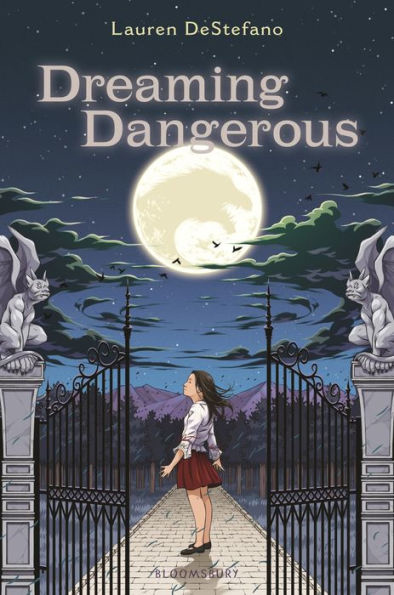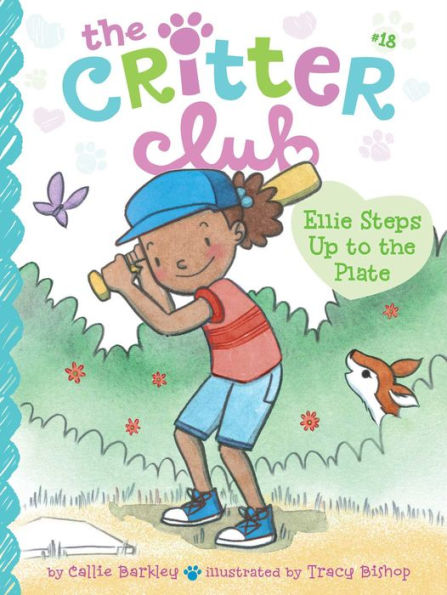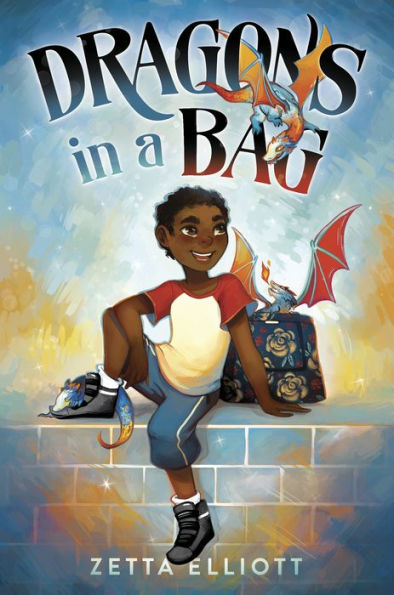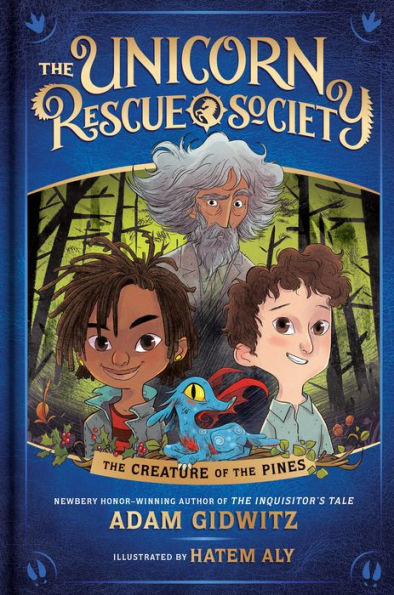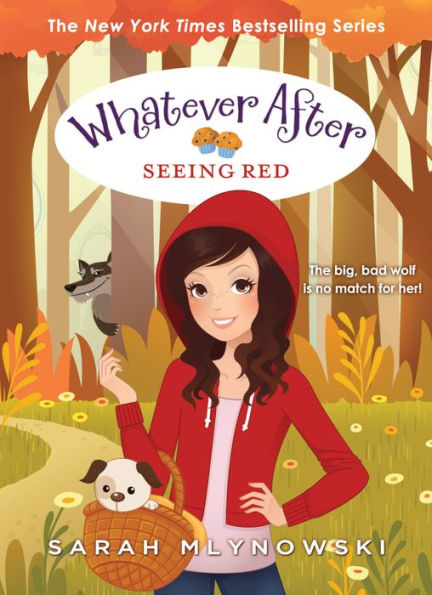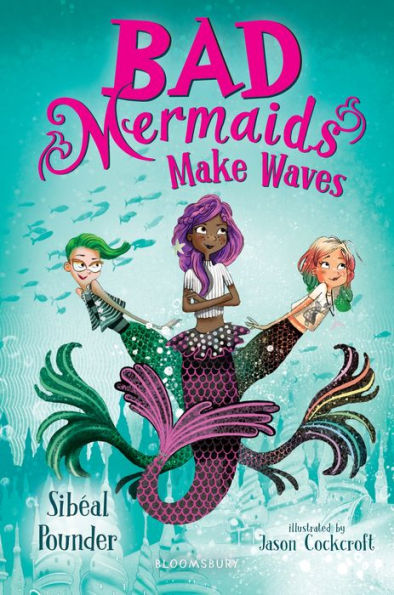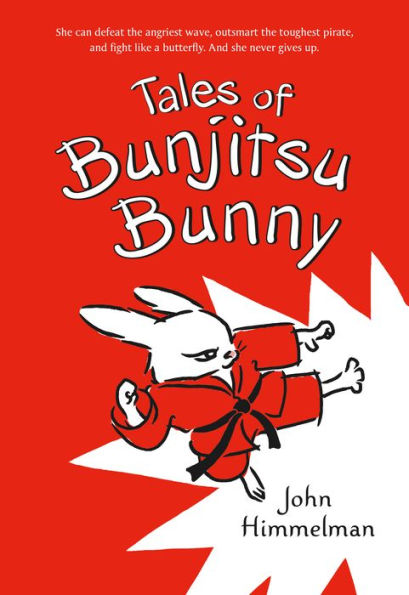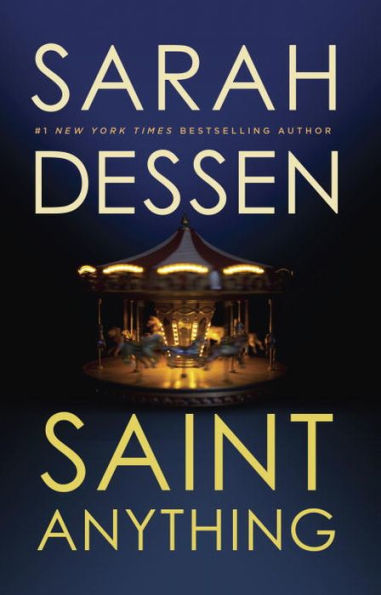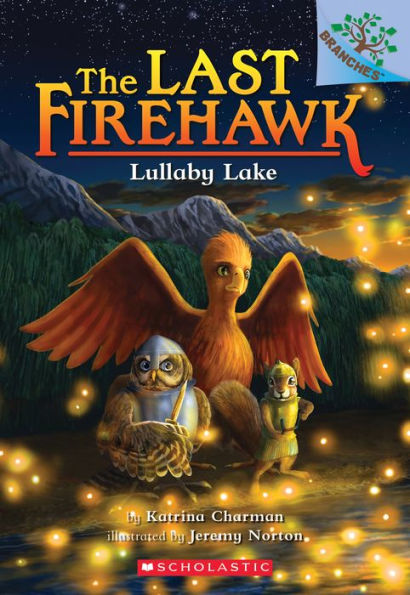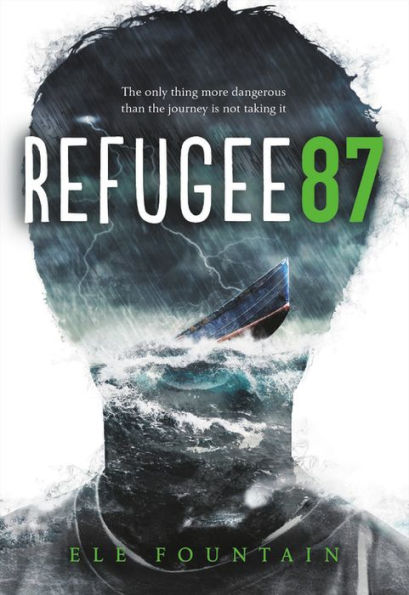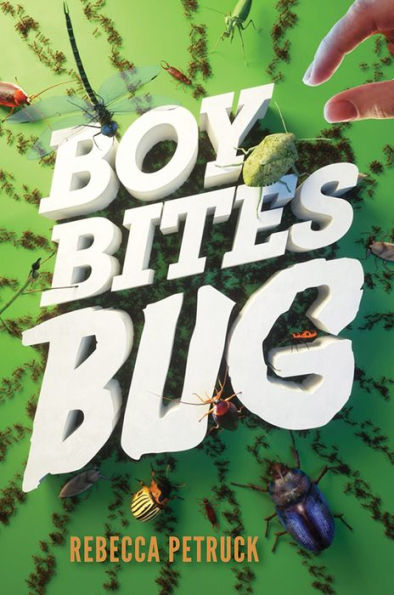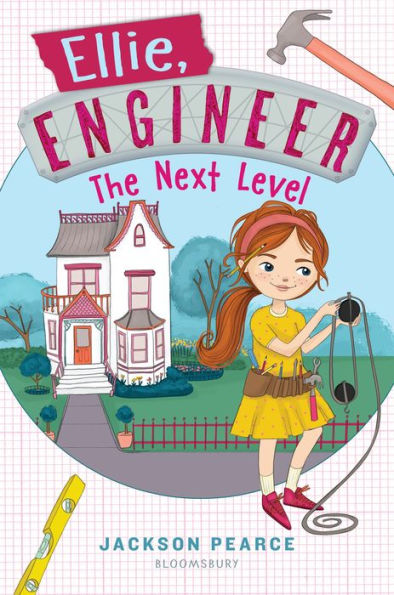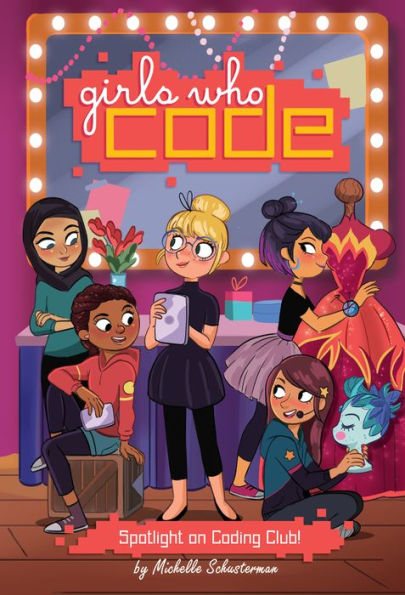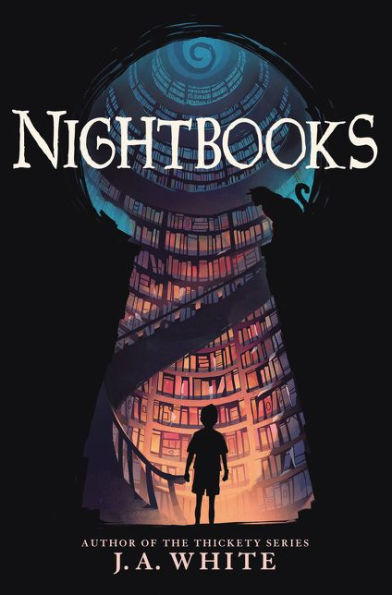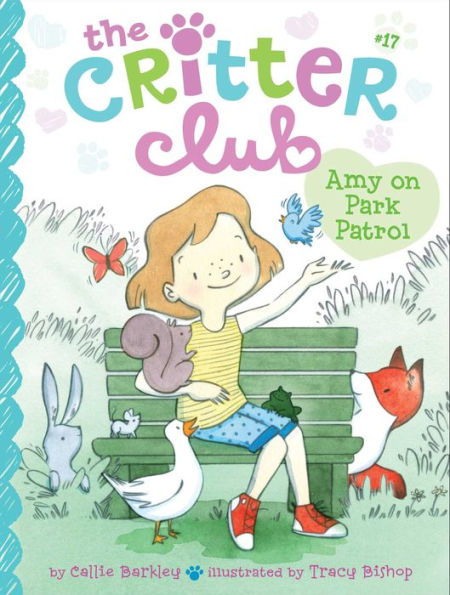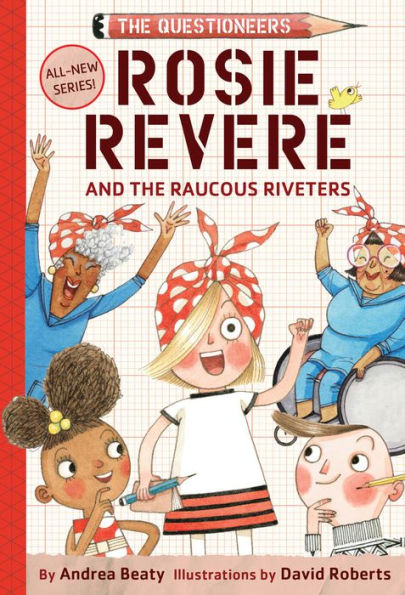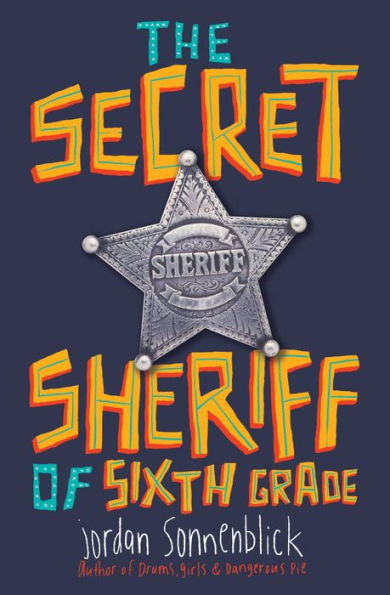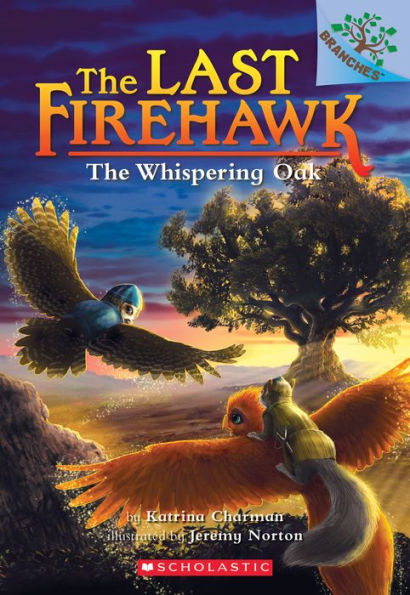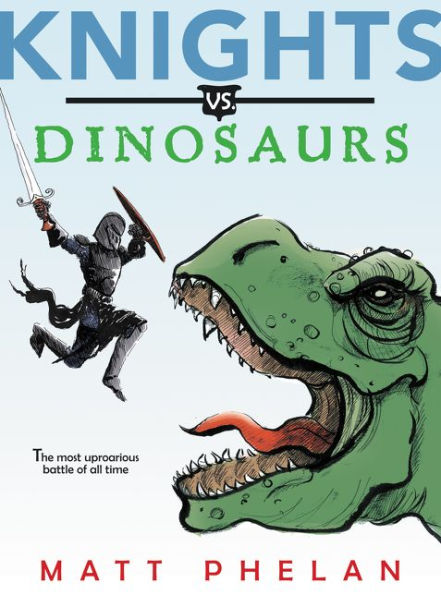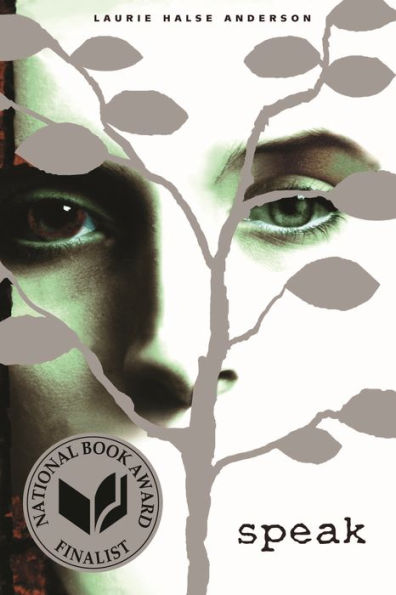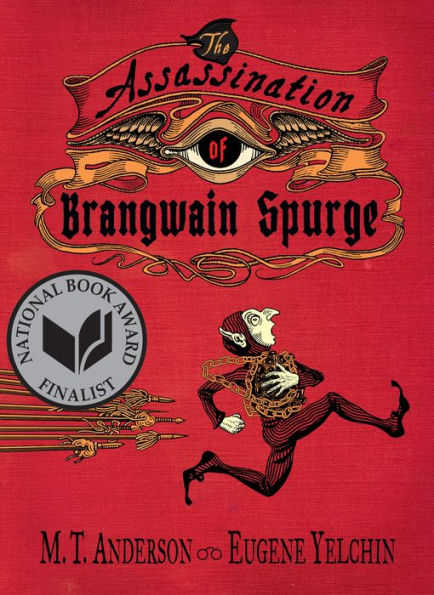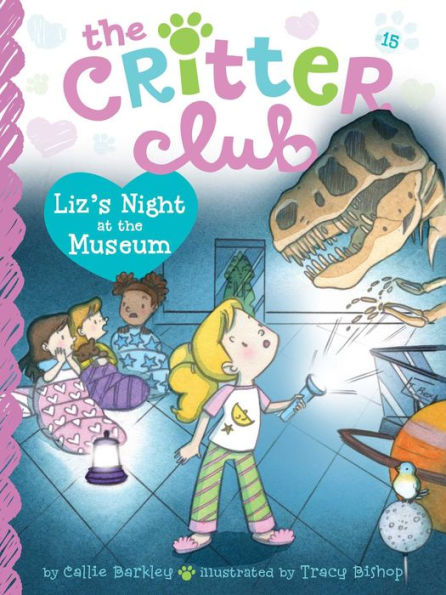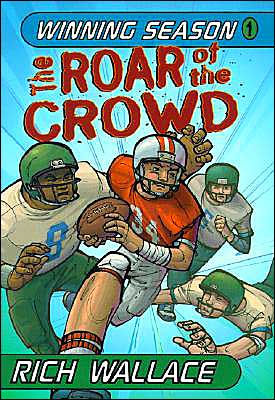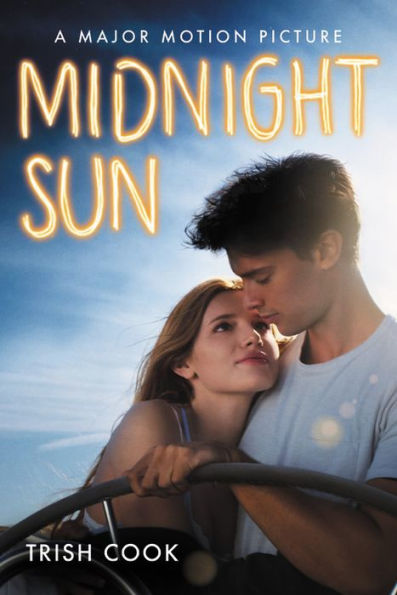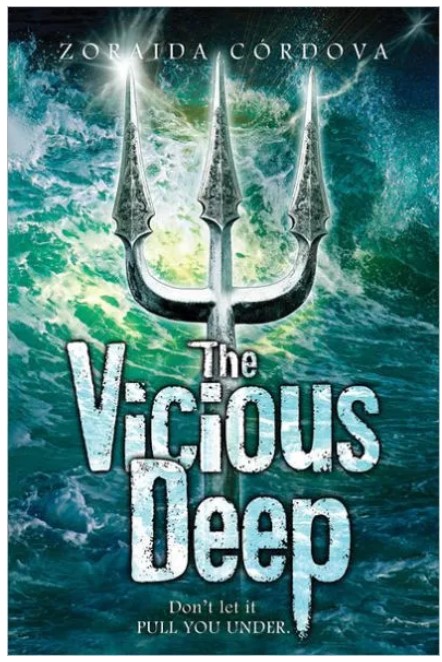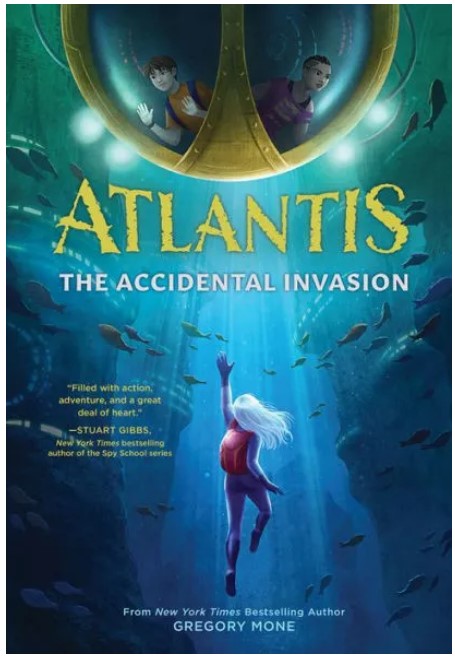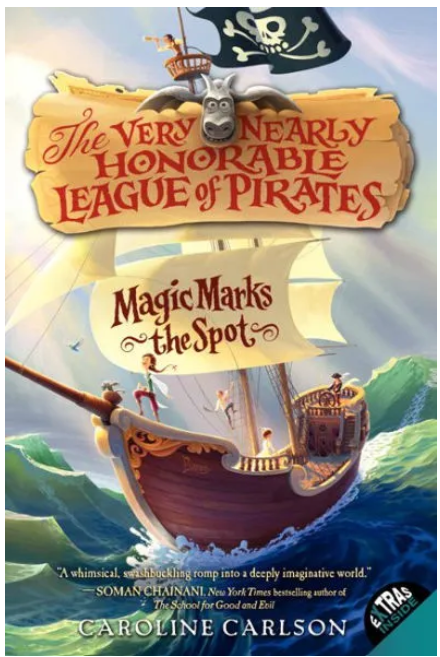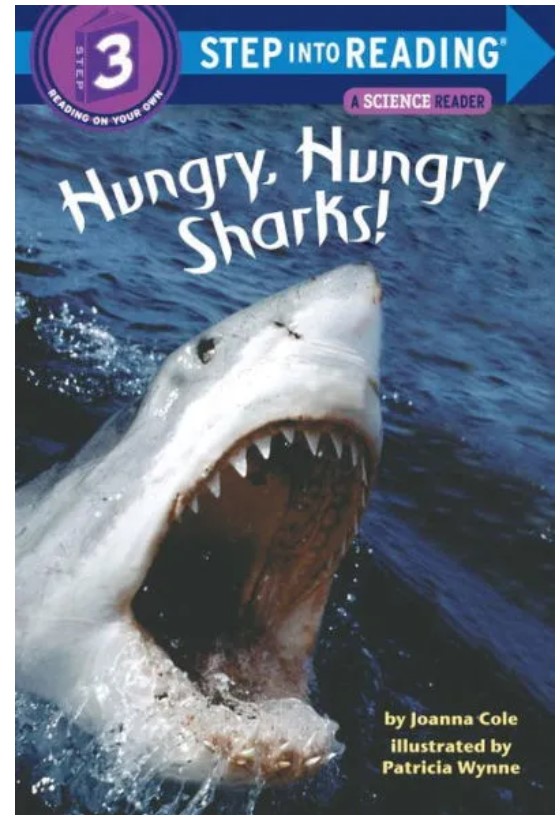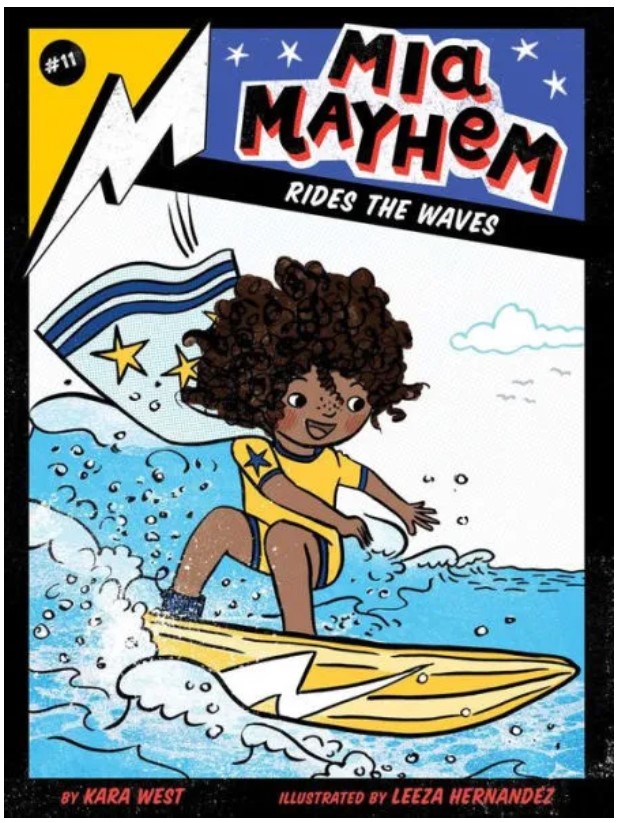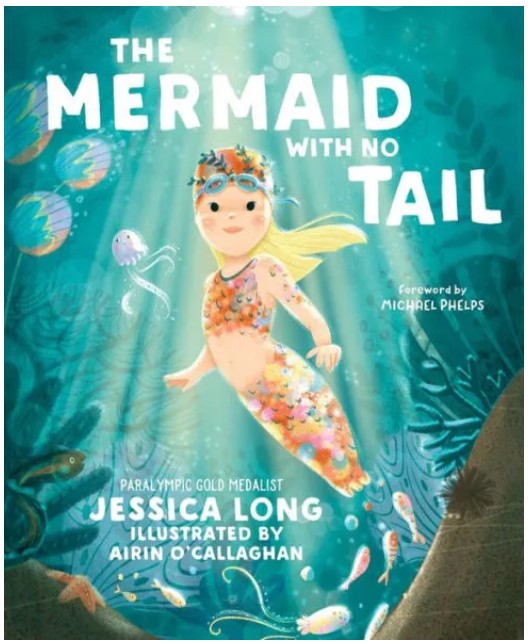Brassmere Academy is the only home Plum has ever known. Hidden deep in the woods, Brassmere is home to orphans who have extraordinary abilities. Each night when Plum lays down to sleep, she travels into dream worlds, where her best friends Vien, Gwendle, and Artem meet her. While dreaming, the friends go on exciting journeys and fight dangerous monsters.
During a dream, Artem tells Plum, “They’re coming for us. One by one, until they find the one they need.” When she wakes up, Artem is missing. No one knows where Artem has gone. Plum is convinced that the adults at the school cannot be trusted.
Plum, Vien, and Gwendle search for their friend. As they find clues in both the dreaming and waking worlds, they uncover many secrets. Plum has always considered the director, Dr. Abarrane, a trusted adult, but now she wonders what dark secrets he keeps. Brassmere has always kept the children safe from the outside world, but is the real danger inside Brassmere’s walls? Will Plum and her friends be the next to disappear?
Told from Plum’s point of view, Dreaming Dangerous quickly jumps into the mystery of Brassmere Academy. Right from the start, the reader understands the strong bonds of friendship between the four friends. The friends travel into the dream world, where they encounter imaginative worlds full of monsters. Plum spends an equal amount of time in the real world and the dream world, which adds drama but also may cause some confusion.
Dreaming Dangerous is a compelling story that has the perfect amount of suspense and scare factor for younger readers. Readers will be drawn into the story because of the interesting dream world, the children’s abilities, and the mystery surrounding Brassmere Academy. The ending of the story shows the violent death of Plum’s mother and the evil nature of Dr. Abarrane. However, the death is not described in gory detail. The only negative aspect of the story is the abrupt, confusing conclusion that leaves many questions unanswered.
Many readers will be drawn to Dreaming Dangerous because of the well-develop characters, monsters, and mystery. The fantasy story is at times creepy and frightening. For readers who like Gothic-style mysteries, Dreaming Dangerous is an easy-to-read, fast-paced story that will entertain until the very end.
Violence
- While in a dream, Plum falls. “Sword pointed downward, Plum leaned into the momentum of the drop, landing hard on the head of some giant, scaled creature. An alligator, she suspected. She jammed her sword between its eyes and it thrashed and roared. . . Blood stained her sword and her shoes. . . The giant alligator would not die quickly . . . a set of sharp teeth had snared her ankle and pulled her underwater.” Plum’s friend appears and saves her. The battle with the alligator happens over four pages.
- While in a dream, Plum sees a monster. When she asked the monster a question, “its mouth became so wide that it was big enough to devour a girl like Plum in a single bite. And that’s what it did. . .” She falls down the monster’s throat and lands in a town.
- The gargoyles that stood guard over Brassmere came to life. The gargoyles flew towards the school. “One of the gargoyles was barreling through the overarching glass window of the grand foyer. The other had scaled the side of the building that housed the dormitory, and its giant swinging tail was shattering the windows. . . All the birds and insects in the wallpaper had escaped and were buzzing and flapping at the ceiling and remaining windows, trying to find a way out.” No one was injured.
- Plum wakes up Melinda, who was in a trance. When Plum touches her, “Melinda raised her head and looked at Plum, her mouth curled into a vicious snarl. And then, Plum was airborne, flying backward by the metal in her boot buckles and the buttons of her coat, until she hit a wall, hard, and everything went dark.”
- In a dream, Plum sees the young Dr. Abarrane kill a woman and take her baby. When the woman tries to argue, “Dr. Abarrane didn’t bother to argue. He pulled the trigger . . . the woman had fallen to the ground. Dead. The baby screamed and fell into a fit of tears.”
- Dr. Abarrane chases after Plum and Artem. He tried to inject Plum with a syringe, but “a metal tray hit him in the side of the head, hard. All it took was one blow and he was down.” The kids were able to escape.
Drugs and Alcohol
- Plum is given a “strange purple liquid” through an IV. The liquid makes her sleep, and she is unable to wake from her dream.
- After Artem disappears, Plum finds him in a building that looks like a hospital. When she finds him, he has an IV “that dripped in a bag over his bed. Plum recognized that odd purple liquid; it was the same thing Dr. Abarrane had given to her that morning. . .”
- Plum overhears a nurse talking about the death of a boy. The boy was given “three doses of blue. . . The immediate effects were an increase in physical strength and energy.” The fluid killed the boy.
Language
- None
Supernatural
- The orphans who live at Brassmere Academy all have special abilities. The main characters share their dreams. Some “could bend and move metal if they concentrated.” Others could “charm animals” or “communicate with their thoughts.”
- While in a dream, Artem “could always breathe underwater.”
- While in a dream, Plum and the others travel to a town. Plum thinks what they saw “happened in the past, and somehow I was able to see it.”
Spiritual Content
- None
